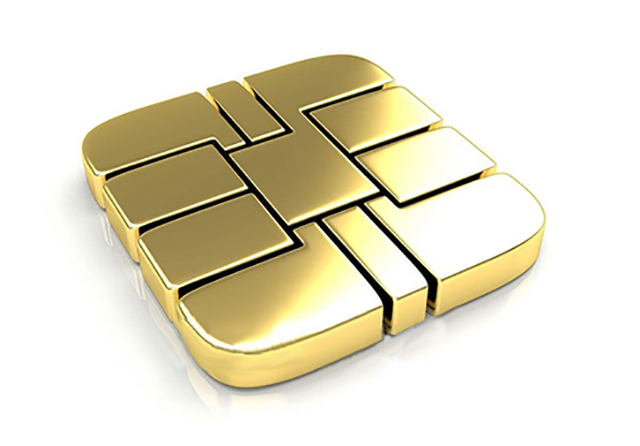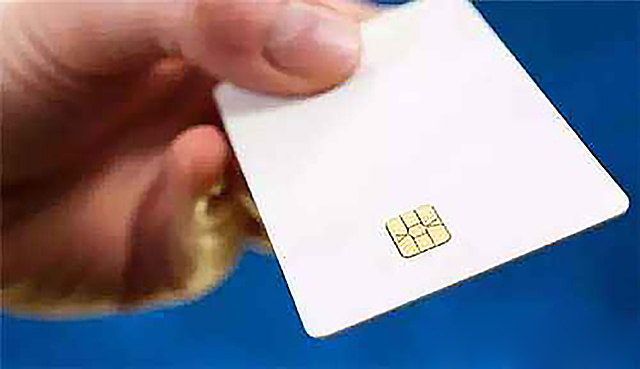
首页
-
self-service
- Chiosco self-service per ristoranti
- Chiosco self-service per ingresso e uscita doganale
- Chiosco self-service per enti di beneficenza
- Chiosco self-service per casinò e locali di intrattenimento
- Chiosco self-service per banche
- Chiosco self-service per strutture sanitarie
- Chiosco self-service per cinema
- Chiosco self-service per hotel
- Distributore di carte portatile
- Soluzioni
- Astuccio
- Chi siamo
- Contatti






